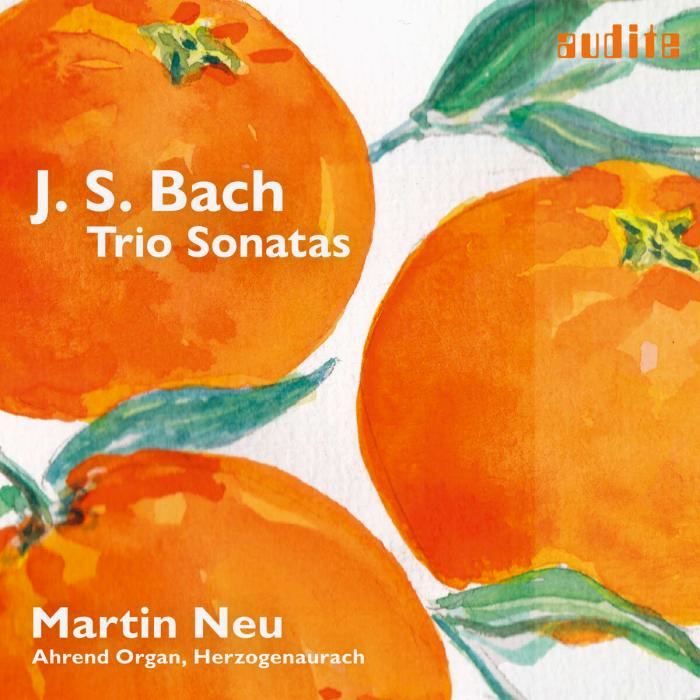

Trio Sonata No. 1 in E-flat major, BWV 525 Trio Sonata No. 2 in C minor, BWV 526 Trio Sonata No. 3 in D minor, BWV 527 Trio Sonata No. 4 in E minor, BWV 528 Trio Sonata No. 5 in C major, BWV 529 Trio Sonata No. 6 in G major, BWV 530
As an organist, I've always enjoyed playing (or at least trying) and listening to these stunning, yet succinct works for the pipe organ by Johann Sebastian Bach (1685-1750). It's hard to believe that Bach actually composed them as organ study works for his eldest son Wilhelm Friedemann, who had already mastered the harpsichord by playing his father's Well-Tempered Clavier, and who now, at the age of 15, had to master the organ so as to be able to partake in the weekly Sunday Cantata performances, by playing the obbligato organ part. Unlike his impressive Toccatas and Fugues, in which the pedal notes act primarily as harmonic foundation and support, these Trio Sonatas are more difficult to play in that the three individual parts (they are based on Italian chamber music sonatas for 3 instruments), the two hands (keyboards) and feet (pedals) are constantly involved in the musical discourse and in full dialogue with one another at all times. At any given moment, the pedals become the leading voice while the hands move on to something else. The counterpoint is always shifting from part to part, and you need to be a master organist in order to achieve that perfect balance at all times, not only musically, but also through the clever and well proportioned use of the organ's registration.
The organ at St Otto's in the town of Herzogenaurach, Germany, built by the firm of Kirchraum and Ahrend in 2019, is a relatively modest instrument with a disposition of about 25 stops, ranging from a 1' Quinte to a 16' Subbass, which doesn't offer the organist much in the way of variable timbral options. By circumspect use of mostly foundation stops like the Hohlflöte, Principal and Waldflöte stops for the keyboards, and Octavbass for the pedals, organist Martin Neu focuses our ears on the clear and distinct voicing of each individual part, which also allows for a homogenous and proportionate blend of all parts at once. Out of all the many interpretations I've heard over the years of these exquisitely elegant yet complex organ pieces, I would have to say that Martin Neu's tempos in general seem to be the most appropriately justified and naturally analogous to the music at hand. The perfectly balanced audio capture of the organ well projects its clean and aptly reverberant sonics.
As far as the cover image is concerned, titled 'Oranges' by Beatrix Giebel, it would have been more appropriate as the cover for Sergei Prokofiev's opera 'The Love for Three Oranges'. A trio of citrus fruits for trio sonatas is probably the subliminal intent here, but personally I believe a picture of the beautiful facade of the Ahrend Organ for example would have been more adequate. But I'm not into marketing, so what do I know.
Jean-Yves Duperron - July 2024 No. 3 - VivaceNo. 5 - Largo